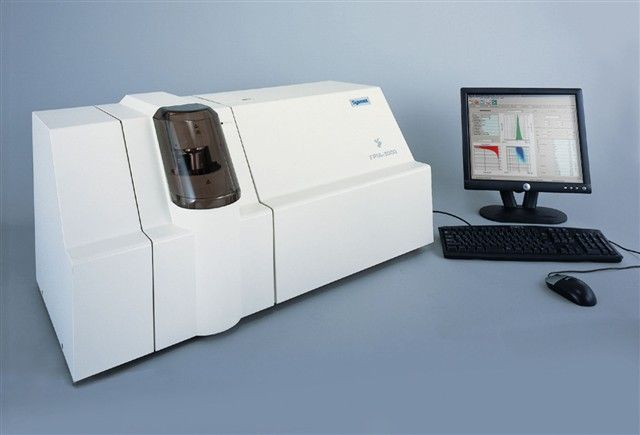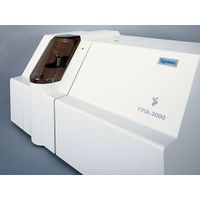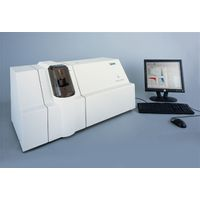Malvern Panalytical - Sysmex FPIA 3000
Flow particle image analyzer for particle shape measurements
Active Questions & AnswersAsk a Question
Recent Questions & Answers
Updated byMalvern Panalytical
Particle Size Analyzers Service ProvidersView All (2)
Documents & ManualsView All Documents
Features of Sysmex FPIA 3000
Measures materials from 0.8µm to 300µm. For the measurement of emulsions, suspensions. Compatible sheath reagents include particle sheath reagent—aqueous based, methanol, ethanol, isopropyl alcohol and ethylene glycol solution (25%). Predefined measurement and analysis procedures ensure measurement reproducibility. Shape characterization using multiple shape parameters. Unique particle size vs. circularity scattergram provides sample finger printing. Particle classification facility. Data generated includes particle size distributions, particle shape distributions, and concentration. Stores images of particles with size data. Biotechnology, Ceramics, Graphite, Abrasives, Toners, Metal Powders, Polymers, Yeast, Algae, Protein Crystals and Pharmaceutical materials e.g. Actives and excipients. Sheath flow ensures all particles are separated and in focus. Unique flow cell design for unprecedented particle image quality and consistent particle orientation. Fully automated for ease of use. Typical measurement completed in < 3 minutes.
General Specifications
There are no General Specifications available.
Additional Specifications
Convex hull perimeter Perimeter of convex hull (shape defined by analogous
elastic band stretched around particle)
Convex hull area Area of convex hull
Intensity mean Average of all the greyscale values of every pixel
in the particle
Intensity standard deviation Standard deviation of all the greyscale values of
every pixel in the particle
Aspect ratio - Feret Maximum Feret diameter divided by minimum
Feret diameter
Aspect ratio - length/width Width divided by length
Aspect ratio - min/max distance Minimum distance divided by maximum distance
Convexity Convex hull perimeter divided by actual particle
perimeter
Solidity Actual particle area divided by convex hull area
Circularity Circumference of circle of equivalent area divided by the actual perimeter of the particle. The more spherical the particle the closer the circularity is
to 1, the more elongated or rough-edged the particle is, the lower the circularity.




